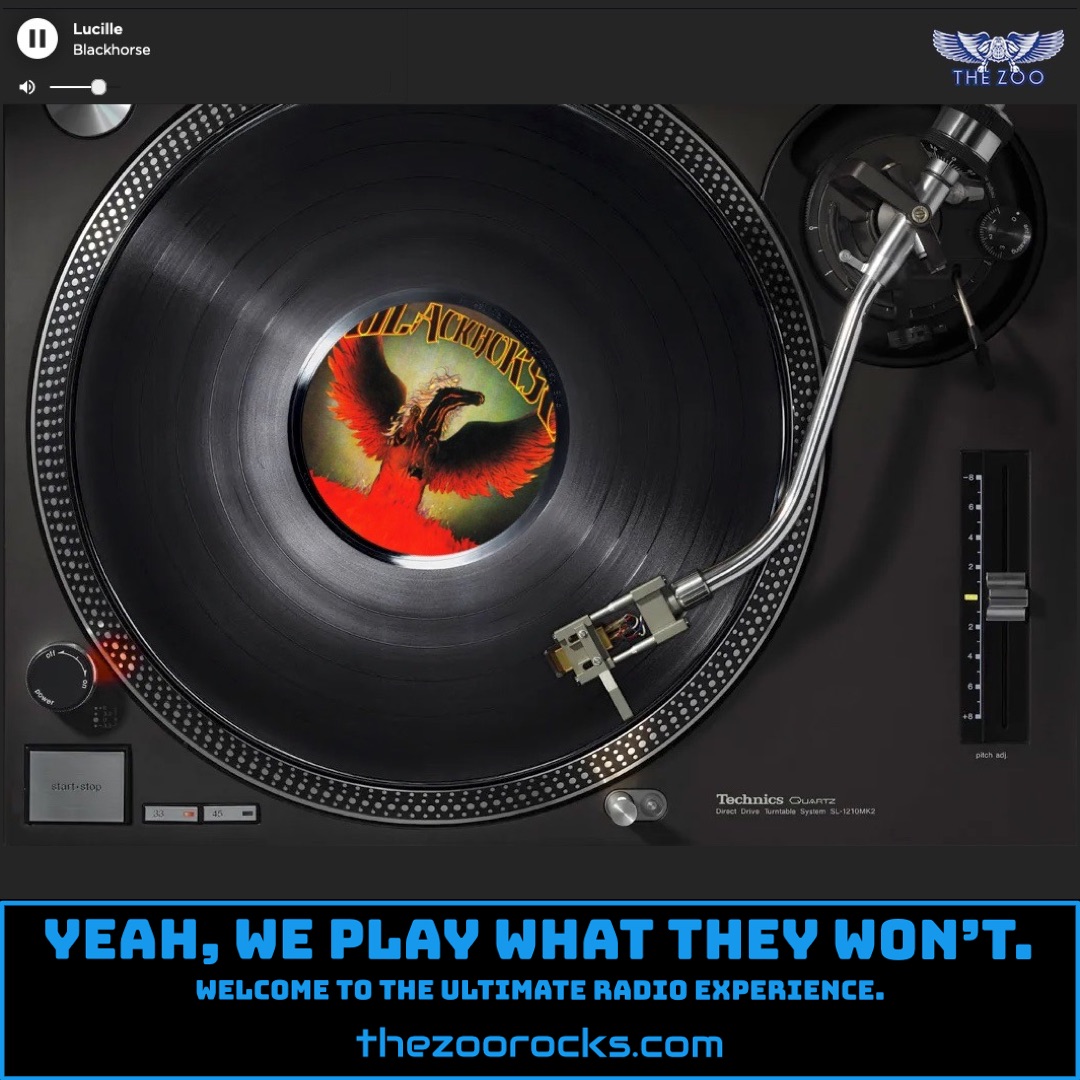Twilight Zone
Golden Earring
Zoo Freaks, get ready to dive into the hypnotic vibes of Twilight Zone by Golden Earring from their 1982 album Cut, spinning now at THE ZOO! This track, a masterclass in rock storytelling, was penned by guitarist George Kooymans, who drew inspiration not from the iconic 1960s TV series but from Robert Ludlum’s spy thriller The Bourne Identity. The song’s cinematic music video, directed by Dick Maas, was a trailblazer, featuring a gripping spy narrative and choreography that captivated early MTV audiences. However, the original European cut stirred controversy with a brief topless scene, leading MTV to air an edited version. Barry Hay, the band’s vocalist, recalled in a 1984 Georgia Straight interview, “I knew it was going to be a hit the moment I heard it,” a sentiment proven by its No. 10 spot on the Billboard Hot 100 and No. 1 on the Mainstream Rock Tracks chart.
The video’s impact didn’t stop there. Its iconic imagery, including a bullet slicing through a jack of diamonds playing card—echoing the Cut album cover, a 1964 photo by M.I.T.’s Harold “Doc” Edgerton—became a cultural touchstone. The song’s espionage theme resonated widely, with its core elements featured in the 1992 Twilight Zone pinball machine and covers by artists like William Shatner on his 2011 album Seeking Major Tom. Fans on Reddit have praised its lyrical depth and new wave edge, with one user noting, “It’s a great example of how using a pick while playing bass can produce fantastic results.” The track’s legacy endures in pop culture, appearing in films like End of Watch (2012) and Ozark (2022).
MTV’s love for Twilight Zone extended to commissioning a concert film for Golden Earring’s 1984 “homecoming” show in the Netherlands, also directed by Maas. Released as Live from The Twilight Zone, it featured a spy-themed video skit tied to the original video, though some critics called the 16mm concert footage “grainy.” A post on X from March 2025 highlights the video’s groundbreaking narrative, emphasizing its role in elevating the song’s global reach. The song’s intense lyrics, like “When the bullet hits the bone,” capture the paranoia of a rogue agent, a theme fans on Songfacts have debated, with some speculating connections to drug deals or espionage gone wrong.
Golden Earring began in 1961 in The Hague, Netherlands, as The Tornados, formed by 13-year-old George Kooymans and his 15-year-old neighbor Rinus Gerritsen. They soon changed their name to The Golden Earrings, inspired by a track by the British band The Hunters, for whom they opened. Initially a pop-rock outfit with Frans Krassenburg on vocals and Jaap Eggermont on drums, they scored a hit with their 1965 debut single Please Go. Manager Fred Haayen pushed them to record at London’s Pye Studios, resulting in 1966’s That Day, which hit No. 2 on the Dutch charts. By 1967, Barry Hay replaced Krassenburg, and in 1970, Cesar Zuiderwijk joined as drummer, solidifying the core lineup that lasted until 2021. Their 1969 album Eight Miles High and U.S. tour marked their shift to a harder, psychedelic sound, setting the stage for their 1973 global hit Radar Love.
The band’s resilience shone through commercial ups and downs. After flops like 1979’s No Promises, No Debts, they planned Cut as a farewell, only for Twilight Zone to revive their career, as noted on Last.fm. They remained Dutch rock royalty, with 47 chart hits at home, until Kooymans’ 2021 ALS diagnosis ended their 60-year run. In January 2025, they announced a final concert series, “Golden Earring: One Last Night,” set for January 2026 in Rotterdam, with proceeds supporting ALS research. Connect with the band on their official website, Facebook, Instagram, and X. Fans can join discussions at the Golden Earring Fan Club on Facebook or explore tributes on sites like Progarchives.

